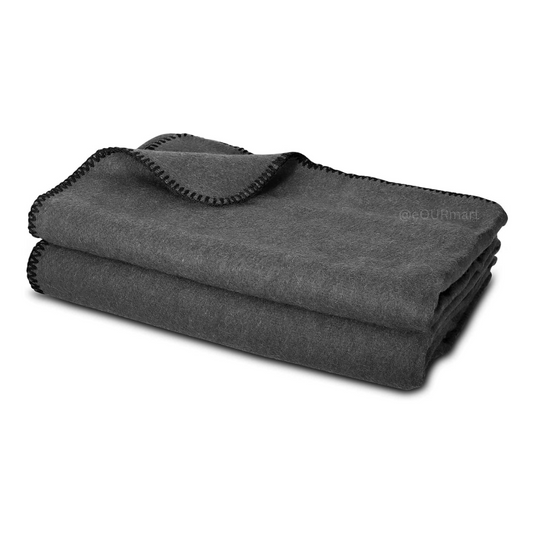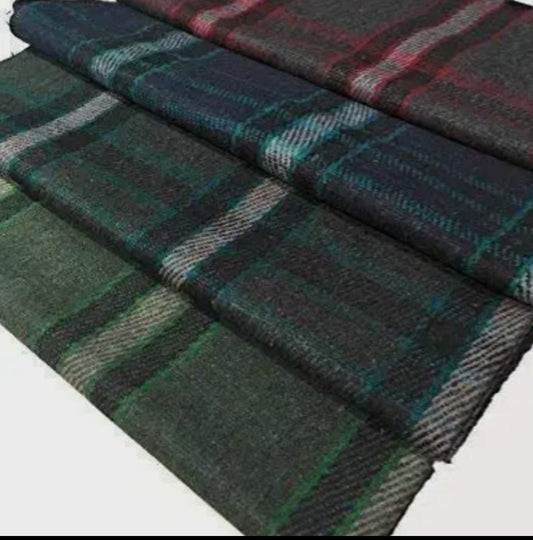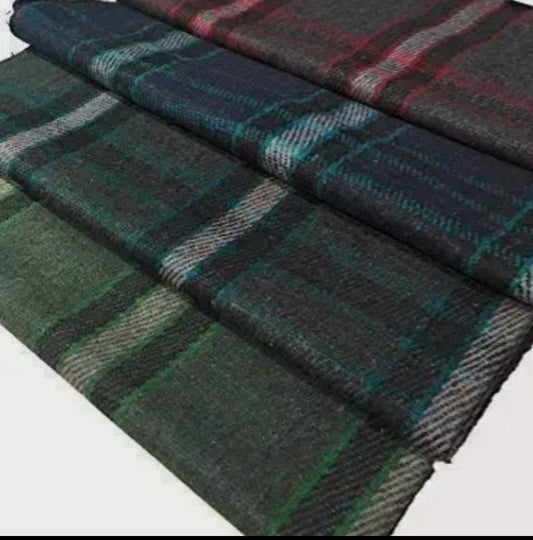In a world dominated by LEDs, solar lights, and smart home illumination systems, it’s easy to forget the humble kerosene lantern—a tool that once lit the way for generations. For more than a century, these lanterns have been essential companions to travelers, campers, farmers, and households across the globe. From their history to their inner workings and ongoing relevance today, kerosene lanterns are far more than relics—they are resilient, reliable sources of light with stories to tell.
The Origins of the Kerosene Lantern
The history of kerosene lanterns begins with the development of kerosene itself, a type of fuel distilled from petroleum. While rudimentary oil lamps existed for thousands of years, it wasn’t until the mid-19th century that kerosene became a widely used fuel for lighting.
Polish inventor Ignacy Łukasiewicz is often credited with refining kerosene for use in lamps in the 1850s. His innovation came at a time when whale oil, the dominant lamp fuel, was becoming scarce and expensive. Kerosene, being cheaper and more efficient, quickly gained popularity. The lanterns designed to burn this fuel were simple, robust, and effective—even in harsh outdoor conditions.
Types of Kerosene Lanterns
There are two main categories of kerosene lanterns: flat wick lanterns and pressure lanterns. Each has its own design, functionality, and best-use scenario.
1. Flat Wick Lanterns
These are the classic, familiar kerosene lanterns often seen in movies or old photographs. Also known as "cold-blast" or "hot-blast" lanterns, they rely on a fabric wick soaked in kerosene. When the wick is lit, the flame draws fuel upward via capillary action. A glass globe protects the flame from wind while allowing it to illuminate a wide area.
-
Cold-blast lanterns draw air from outside the lantern, keeping the flame cooler and reducing soot.
-
Hot-blast lanterns recirculate warm air around the flame to improve brightness and efficiency.
These lanterns are simple to use and maintain. They don’t require pressurization, making them ideal for casual use or emergency lighting.
2. Pressure Lanterns
Pressure kerosene lanterns, also called "mantle lanterns," are more complex and significantly brighter. They use pressurized air to vaporize the kerosene, which is then ignited in a fine mist. The flame heats a mantle—a fabric mesh coated with light-emitting chemicals—creating a brilliant white glow.
Brands like Petromax, Coleman, and Tilley are famous for their high-output pressure lanterns, which are favored in camping and military use.
While these lanterns produce much more light than flat wick versions, they require more careful handling, pre-heating, and maintenance.
Anatomy of a Kerosene Lantern
Regardless of type, most kerosene lanterns share several core components:
-
Fuel Tank (Font): Stores the kerosene at the base of the lantern.
-
Wick or Generator: Draws or vaporizes the fuel for combustion.
-
Chimney/Globe: A glass enclosure that protects the flame and allows it to radiate light.
-
Air Vents: Provide the necessary oxygen for efficient burning.
-
Burner Assembly: Where the fuel is ignited, and the flame is regulated.
In pressure lanterns, you’ll also find:
-
Pump and Valve: To pressurize the tank and control fuel flow.
-
Mantle: A delicate ceramicized mesh that glows intensely when heated.
Using a Kerosene Lantern: Step-by-Step
For a flat wick lantern:
-
Fill the tank with clean kerosene.
-
Trim the wick for a clean, even flame.
-
Insert and adjust the wick so that only a small portion extends into the burner.
-
Light the wick and place the globe over it.
-
Adjust the flame for brightness while avoiding smoke or soot.
For a pressure lantern:
-
Fill the tank with kerosene and securely close the filler cap.
-
Pump air into the tank to build pressure.
-
Preheat the generator with alcohol or a built-in preheater to vaporize the kerosene.
-
Open the valve slightly and ignite the vapor.
-
Once stable, the mantle will glow brightly.
Maintenance and Safety Tips
-
Keep it clean: Residue and soot can affect performance. Clean the globe and wick or generator regularly.
-
Use high-quality fuel: Impurities in kerosene can clog components and reduce lifespan.
-
Store safely: Keep lanterns and fuel away from children, and never refuel near an open flame.
-
Ventilation is key: Always use kerosene lanterns in well-ventilated areas to avoid carbon monoxide buildup.
-
Replace mantles and wicks: They degrade over time. A worn wick causes smoke, and a damaged mantle reduces brightness.
Modern-Day Uses and Appeal
Though electric lighting dominates the modern landscape, kerosene lanterns remain relevant in various contexts:
-
Emergency preparedness: Power outages, natural disasters, and remote living all make kerosene lanterns a valuable backup.
-
Camping and outdoor adventures: Especially in rugged or off-grid environments, lanterns offer a steady, warm glow that modern lights often lack.
-
Decor and nostalgia: Many people use kerosene lanterns for their vintage charm and warm ambiance, especially in cabins, lodges, or rustic weddings.
-
Cultural and traditional use: In many countries, kerosene lanterns still light homes where electricity is unavailable or unreliable.
Environmental and Health Considerations
Despite their utility, kerosene lanterns are not without drawbacks. Burning kerosene releases carbon dioxide, carbon monoxide, and particulate matter. In poorly ventilated spaces, this can be hazardous to health, especially with prolonged exposure.
In many developing regions, the World Health Organization and other bodies advocate for replacing kerosene lighting with cleaner alternatives such as solar LED lamps to improve air quality and reduce fire risks.
🛍️ Where to Buy These Kerosene Lanterns
Although Kerosene Lanterns can be bought from any ordinary store, if you are thinking of buying Kerosene Lanterns online at factory price while sitting at home, then you can immediately download eOURmart.com, or you can visit our website, where you can get good-quality Rainy Products at the lowest price.
Conclusion: A Beacon from the Past
The kerosene lantern stands as a testament to human ingenuity and adaptability. From lighting dusty trails to brightening up cosy porches, these lanterns have carved a niche that transcends generations. Whether used as an emergency tool, a practical source of light, or a nostalgic centrepiece, the kerosene lantern continues to burn, flickering, steady, and dependable.
As we look toward a future of renewable energy and sustainable living, the kerosene lantern reminds us of the journey humanity has taken—from the dim glow of oil to the brilliance of modern light. It’s more than just a lamp—it’s a symbol of resilience, simplicity, and timeless design.





